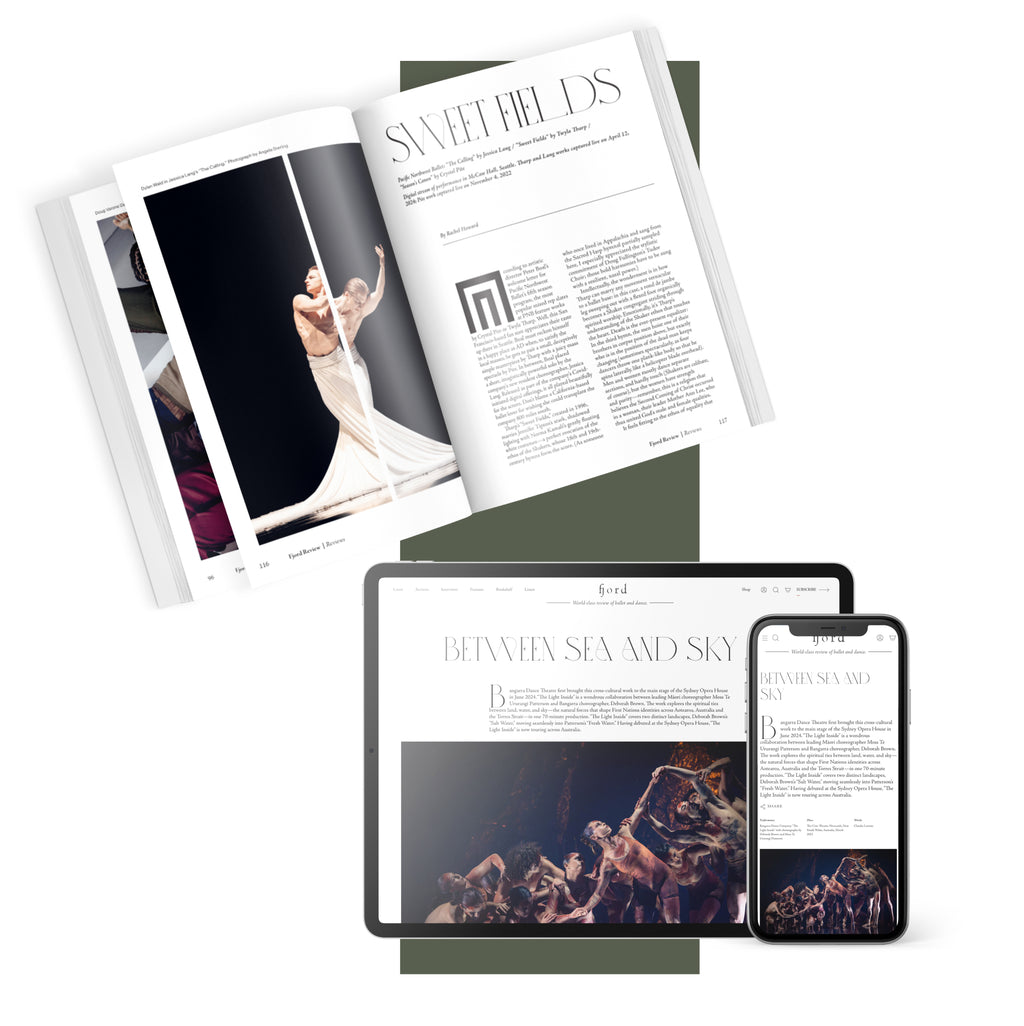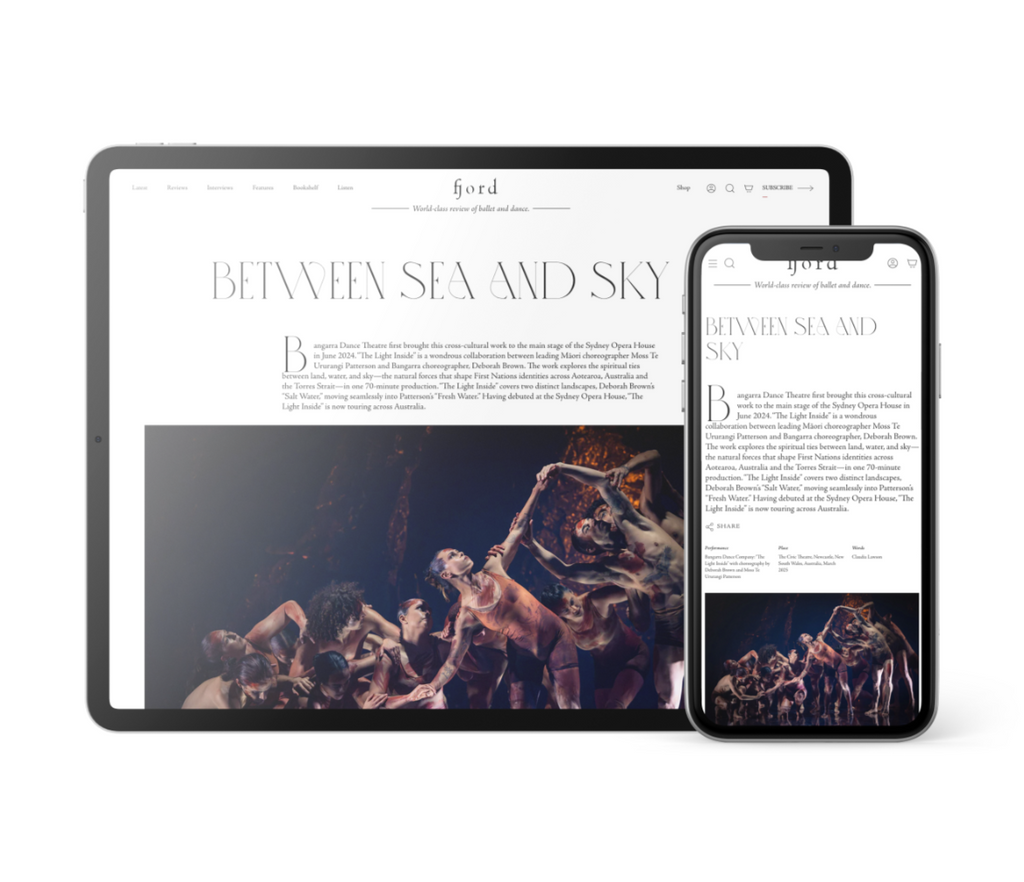This spring season at City Ballet your husband Roman also debuted “Suite.”
I was in the back of his rehearsal rooms! I was learning it while he debuted it. It’s funny that it will actually be the two of us who are doing it during this festival. It wasn’t meant to be like that. We were actually going to have Marcelino [Sambé] from the Royal Ballet also dance it, but there just wasn’t enough time for him and for the rehearsal director to feel like they could really get the feeling of the piece in such a short, limited rehearsal period. So it will just be me and Roman!
That has to be a pretty unique experience: to be a married couple, both dancers, and to share a role.
Yes! And it’s fun because we can help each other. When I was learning it after our honeymoon he was there watching and he’d say, “It’s just so nice and different to see it done by a woman. Even the way you walk is different than any way I’ve seen it.” And I don’t even think of that, like oh yeah, I guess that would be the case. Yesterday, we both were in Vail [for the Vail Dance Festival] and we wanted to go over it. So I was going over it and he’s like, “Let me just stand up and do it because I need to go over this too!”
Jean-Pierre, when he was teaching us he was so funny: he was like, “Well, Roman, maybe now you have a little competition!” So that was kind of fun. JP also said, “It’s so nice to see you guys doing this side by side, I don’t know why but I feel like if Jerry [Jerome Robbins] were here he would have had each one of you do a solo and then do the last piece together.” And who knows if that would have been real, but it was fun to do it side by side.
To date, “Suite” has always been performed with a male dancer and a female cellist. How will you be performing it?
It will be with a female cellist! So it will not only be the first time this has been danced by a female dancer, but also with two females on stage.
The solo has some real interplay between the cellist and the dancer. Are you performing it with a musician you’ve worked with before?
No, but I know her. She’s the one who did it at City Ballet with Roman. And she actually played for our wedding too! [Violinist] Hilary Hahn played for our wedding, and then also Hannah [Holman], who’s the cellist [for Suite of Dances], and Lydia [Hong], two musicians who work with New York City Ballet played while people arrived and while I walked down the aisle. It’s so special to have her [be part of the performances]. I haven’t been in the room with her yet but I will be starting on the 8th.
Anything that you’re particularly hoping the audience will take away from the festival as whole?
I’m just really excited for people to see the works in such an intimate setting as the Joyce. I think that will be very different. [The Joyce has 472 seats, compared to the 2,586 at City Ballet’s home theater where Robbins’ work is most often performed.] And just the fact that the dancers doing these ballets are from different companies, all dancing together. Hopefully that will be very special.
*
A few days after our conversation, Peck’s travels continue—now she’s in Buenos Aires for a gala celebrating one hundred years of ballet at the Teatro Colón. She writes from Argentina about her rehearsal of “A Suite of Dances” with Baryshnikov:
“It was incredible to see him moving around in space and demonstrating. It was as if he’d danced it last week. We talked about how the solo is both performative and internal. That there is a lot of power in restraint. That sometimes the hardest things for a dancer to do are to walk or stand still. He said that Jerry gave him the steps and then said, “Now it’s yours.” So, he said, same for me. Now it’s time to take it and make it mine.”






comments